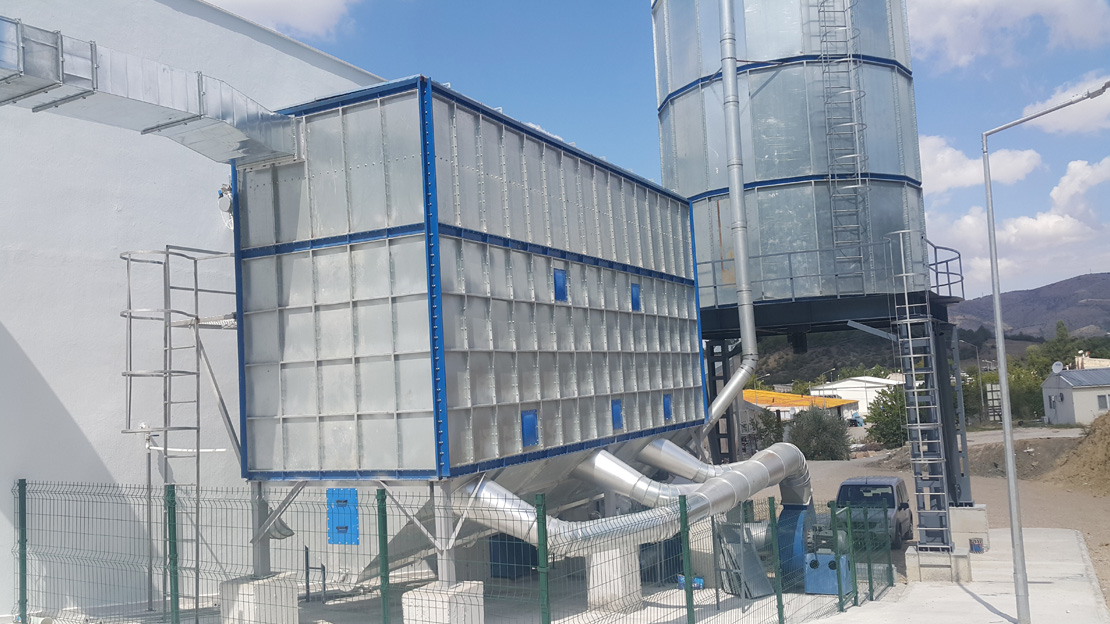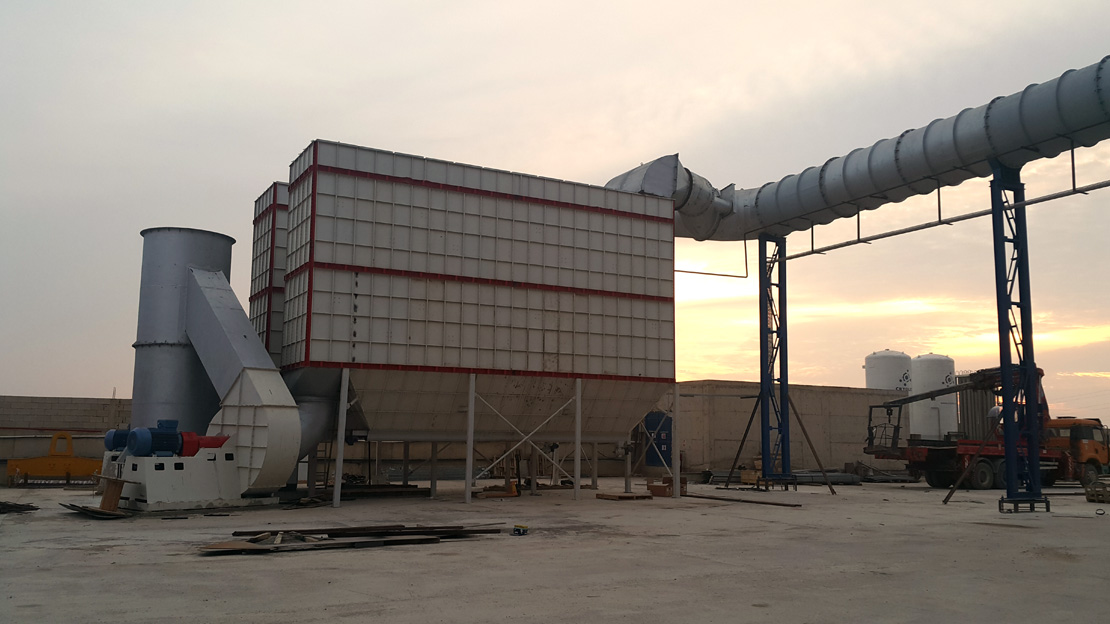








Acid Aeration Advantages Aeration brings water and air into close contact to remove dissolved gases (such as carbon dioxide) and oxidizes dissolved metals such as iron, hydrogen sulfide and volatile organic chemicals (Vocs). Aeration is often the first important process in the treatment plant. During aeration, components are removed or replaced before they interfere with purification processes. Acid Value in Ventilation Aeration brings water and air into close contact by exposing drops or thin layers of water to the air, or by introducing small air bubbles (the smaller the bubble the better) and allowing them to rise through the water. The scrubbing action caused by the ventilation turbulence physically removes the dissolved gases from the solution and allows them to escape into the surrounding air. Aeration also helps remove dissolved metals through oxidation, the chemical combination of oxygen in the air with some unwanted metals in the water. Once oxidized, these chemicals fall out of solution and become particles in the Water and can be removed by filtration or flotation. The efficiency of aeration depends mainly on the amount of surface contact between air and water controlled by the size of the water droplet or air bubble. Oxygen is added to the water through aeration and can improve the palpability of the water by removing the flat taste. The amount of oxygen that water can hold depends primarily on the temperature of the water. (The colder the water, the more oxygen the water can hold). Water with an excess of oxygen can become very corrosive. Excess oxygen can also cause problems in the treatment plant, ie the air connection of the filters. Surface waters have low carbon dioxide content, usually in the range of 0 to 2 mg/l.
Why is the Acid Value High in Ventilation? Water from a deep lake or reservoir can have a high carbon dioxide content due to the respiration of microscopic animals and the lack of abundant plant growth at the lake bottom. Carbon dioxide concentration varies greatly in groundwater, but levels are generally higher than in surface water. Water from a deep well normally contains less than 50 mg/L, but a shallow well can have much higher, up to 50 to 300 mg/L. Most aerators can remove carbon dioxide through the physical scrubbing or sweeping action caused by turbulence. At normal water temperatures, aeration can reduce the carbon dioxide content of water to as low as 4.5 mg/L.
Bu site çerezler kullanır. Sitede gezinmeye devam ederek çerezlerimizin kullanımını kabul etmiş olursunuz.
Daha fazlası